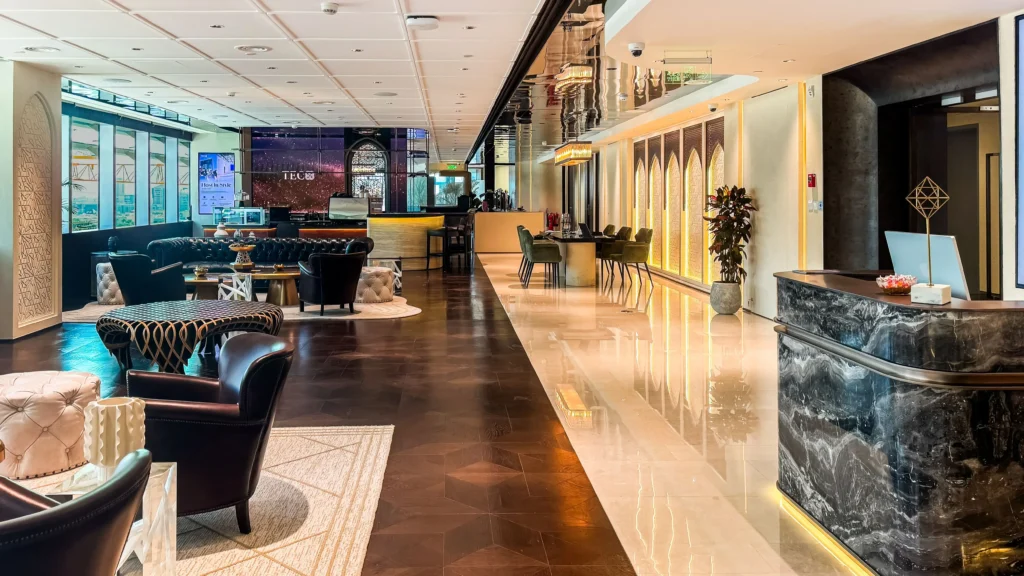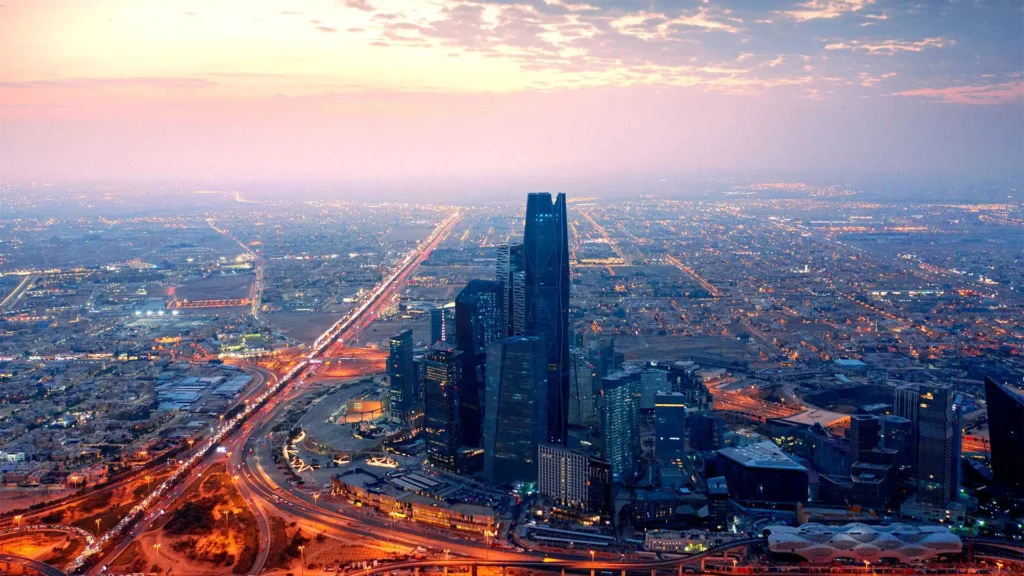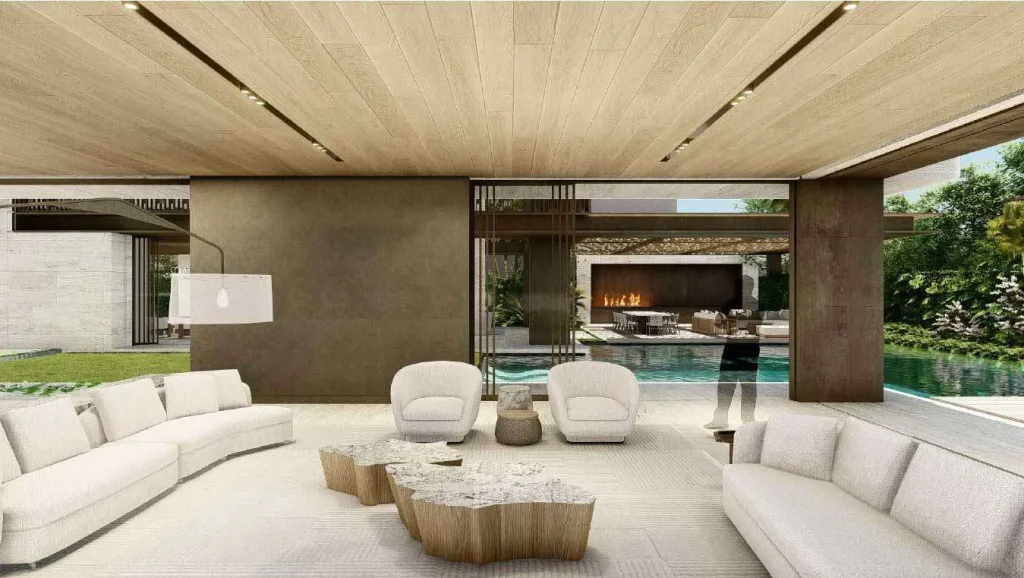
Chestertons Successfully Delivers The Executive Centre’s First Premium Office in KAFD, Riyadh
Riyadh, Saudi Arabia – October 15, 2025 – Chestertons has successfully completed and handed over The Executive Centre’s (TEC)

Saudi Arabia’s real estate market is on a steady uptrend, rising from USD 68.52 billion (2024) to a projected USD 111.77 billion by 2030 , an 8.86% CAGR. The growth story is broad-based: new housing, Grade-A offices in Riyadh, expanding logistics, and a deeper pool of domestic and foreign investors.
Vision 2030 and mega-projects
NEOM, the Red Sea and Qiddiya are not just headline names; they are catalysts attracting people, jobs and private capital, particularly around Riyadh and the western corridor. The result is persistent demand for homes, workplaces and hospitality assets.
Population and urban upgrades
As the population moves past 40 million by the end of the decade, ongoing investment in transport, healthcare and education continues to create new real estate nodes and infill opportunities.
Market opening
A landmark foreign ownership law, published in July 2025, will allow non-Saudis to buy property in designated zones from January 2026 (following a 180-day lead-in). Expect clearer pathways for qualified buyers and structures, with detailed implementing rules to follow.
Oil-linked sensitivity , Diversification is real, but spending cycles still track the oil economy; slower public expenditure can delay project timelines.
Affordability and rents , Housing inflation has been the swing factor in 2025 CPI prints; rents and villa prices have outpaced the basket. Policymakers are responding with supply measures and the new ownership framework aimed at balancing demand and liquidity.
Affordable housing gets priority , Programmes such as Sakani have encouraged developers towards cost-efficient formats, including modular and prefab. The Ministry notes more than 11,000 development projects across 300+ municipalities, with the strongest traction in Riyadh, Jeddah and Dammam.
Gradual, rules-based market opening , The 2025 law introduces zoning-based eligibility and a phased approach, clearer than past regimes and designed to protect equilibrium in Makkah and Madinah while widening participation elsewhere.
Advisory and brokerage leaders active in the Kingdom include CBRE, JLL, Prologis, Cushman & Wakefield (DTZ), and Colliers, as well as other international and regional firms supporting leasing, valuation and development mandates (listed as examples in the source report).
By type , Real estate rental, real estate agency, brokerage.
Rental remains the core yield engine, while agency and brokerage services are scaling with liquidity and more standardised processes, especially for corporate and institutional transactions.
By mode , Online, offline.
Digital portals continue to gain share in search and marketing, while offline networks still dominate off-market and complex deals, where discretion and deep due diligence are key.
By property type , Fully furnished, semi-furnished, unfurnished.
Furnished stock suits turnkey tenants and transient professionals; unfurnished remains the family default. Semi-furnished sits in the middle for value-seeking end-users.
By region , Riyadh, Makkah, Madinah, Eastern Province, Dammam, Rest of Saudi Arabia.
Global advisers and local champions compete on pipeline access, project delivery and data-led advisory. Expect a “flight to quality” theme: better-located, well-managed assets continue to command pricing power, while commodity stock faces slower absorption.
Saudi Arabia’s real estate market is moving into a disciplined growth phase, rising from USD 68.52 billion in 2024 to USD 111.77 billion by 2030 at an 8.86% CAGR. Vision 2030, giga-projects and ongoing urban upgrades are broadening demand across housing, Grade-A offices and logistics, while the new foreign ownership law (effective January 2026) opens additional channels for capital.
The key watch-points remain affordability, rent inflation and oil-linked spending cycles. For investors and developers, the edge now lies in selectivity: prioritise quality assets in Riyadh, pilgrim-driven nodes in Makkah/Madinah and modern warehousing in the Eastern Province, backed by tight execution and governance.

Riyadh, Saudi Arabia – October 15, 2025 – Chestertons has successfully completed and handed over The Executive Centre’s (TEC)

Saudi Arabia’s real estate market is on a steady uptrend, rising from USD 68.52 billion (2024) to a projected

The development arm of Mercantile Group, Wellingtons Development have broken ground on a exciting new range of luxury residential